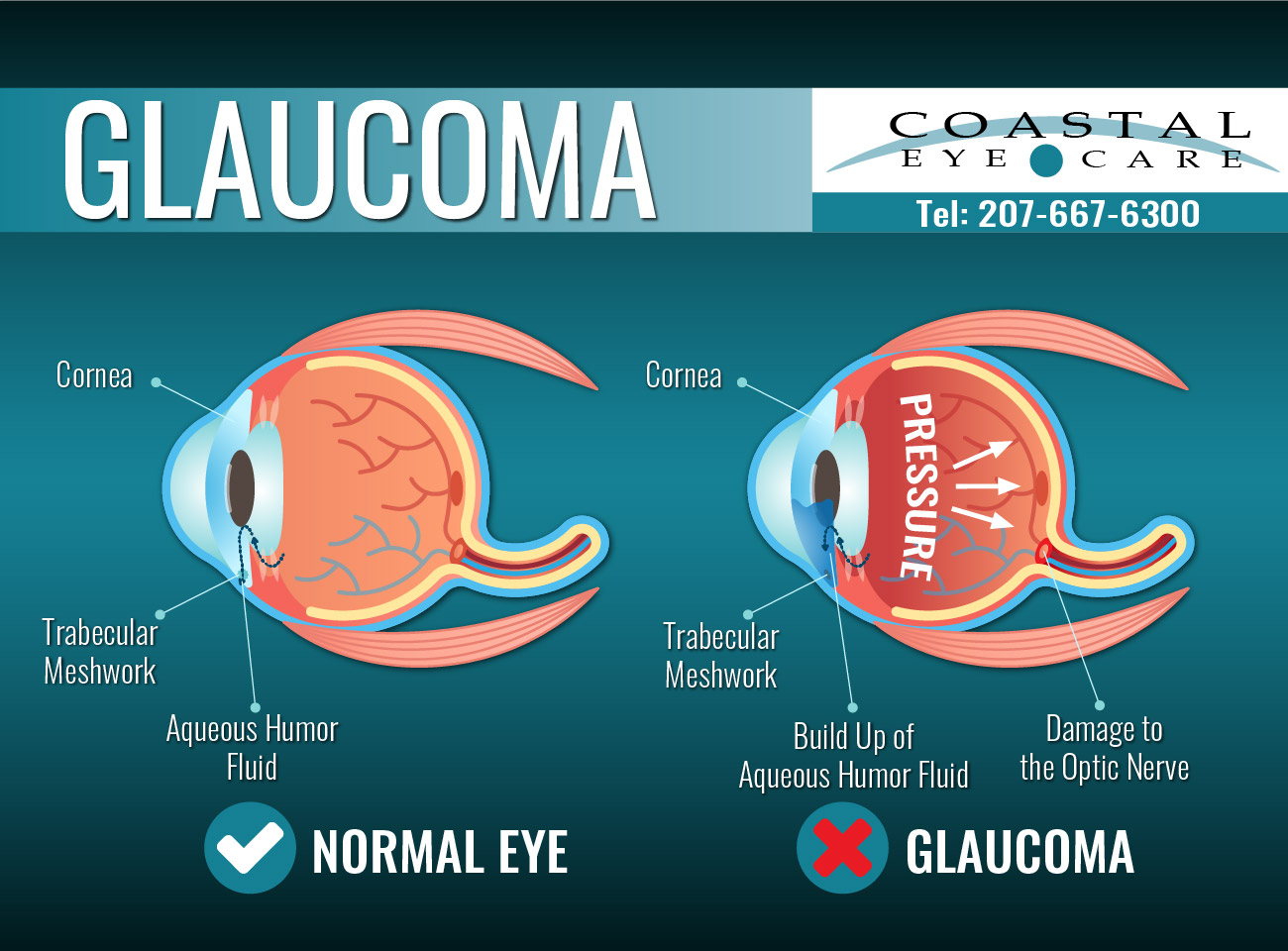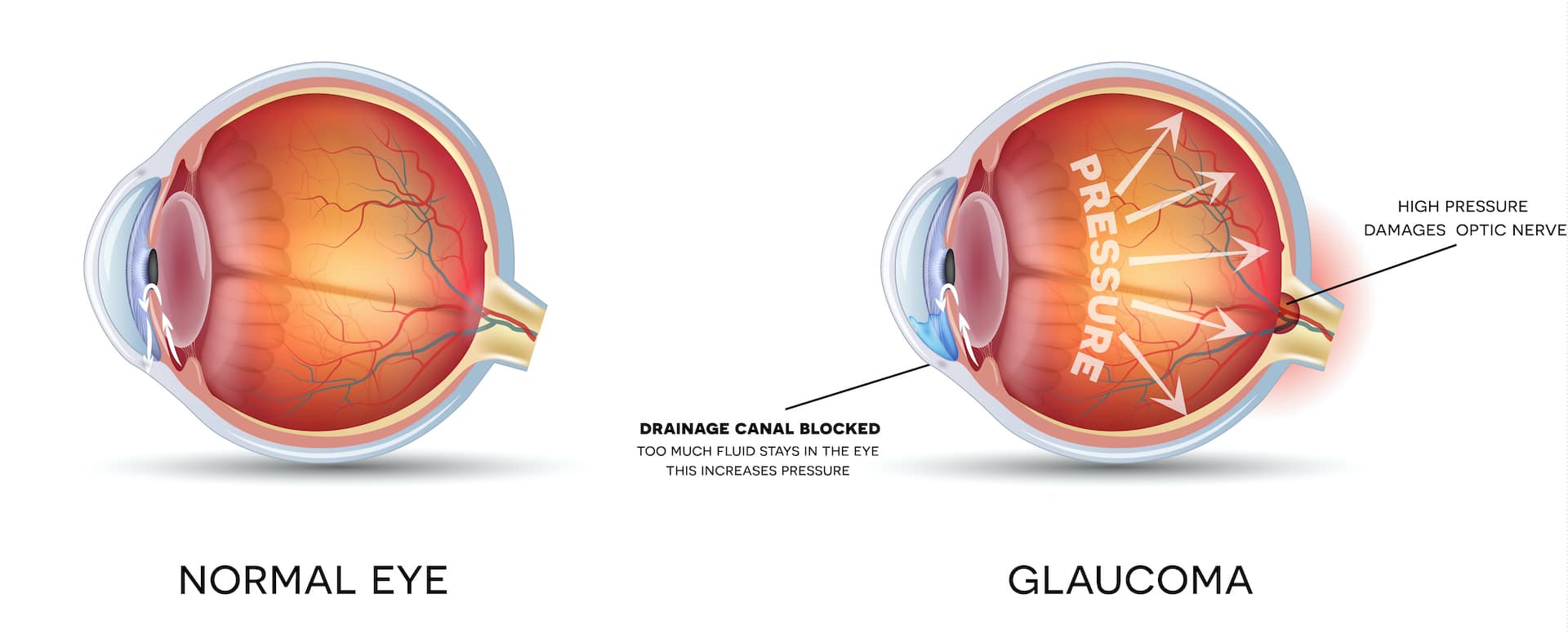Understanding the Different Vision Modification Procedures Available for Clearer Sight
In the realm of vision improvement procedures, a wide range of choices exist to deal with refractive errors and give individuals with clearer sight. From the widely identified LASIK surgery to less invasive treatments like PRK and implantable lenses, the field of ophthalmology supplies a series of methods tailored to suit different requirements and choices. Each procedure features its own collection of considerations, benefits, and potential risks. Comprehending the nuances of these vision correction techniques is crucial for making educated choices concerning one's visual wellness. Let's check out the details of these procedures and clarified the course to attaining boosted vision quality.
LASIK Surgical Procedure
LASIK surgery is an usual refractive procedure used to correct vision problems such as nearsightedness, farsightedness, and astigmatism - glaucoma service near me. This surgical strategy, which stands for Laser-Assisted in Situ Keratomileusis, aims to reshape the cornea to improve just how light is focused on the retina, inevitably improving vision clarity. During the procedure, a slim flap is produced on the cornea, and a laser is used to remove specific amounts of tissue to reshape it appropriately. This reshaping enables light to be properly concentrated onto the retina, fixing refractive mistakes.
One of the key advantages of LASIK surgery is the fast enhancement in vision experienced by clients. Overall, LASIK surgery is a prominent selection for people looking for a long-term solution for their vision troubles.
PRK Treatment
While likewise a typical refractive treatment, the PRK (Photorefractive Keratectomy) method varies from LASIK surgical treatment in its strategy to dealing with vision troubles. In PRK, rather of producing a flap on the cornea, the outer layer of the cornea, called the epithelium, is totally removed. This permits the laser to improve the cornea to fix refractive errors such as farsightedness, nearsightedness, and astigmatism straight on the surface.

In spite of the longer recovery time, PRK can produce exceptional outcomes in vision renovation, making it a useful choice for those that may not appropriate candidates for LASIK surgical treatment.
Implantable Lenses
As opposed to PRK where the cornea is improved straight, implantable lenses supply one more technique for fixing vision by putting artificial lenses inside the eye. This procedure is specifically beneficial for people with high levels of nearsightedness, farsightedness, or astigmatism that may not be ideal prospects for laser surgeries like LASIK or PRK.
Implantable lenses, additionally referred to as phakic intraocular lenses, job by supplementing the eye's all-natural lens with an artificial one. refractive surgeries in al. These lenses can be put in front of the natural lens (anterior chamber) or behind the iris and in front of the all-natural lens (posterior chamber) By readjusting the power and positioning of these lenses, ophthalmologists can properly deal with refractive mistakes and enhance aesthetic acuity
One benefit of implantable lenses is that they are removable and exchangeable, supplying flexibility for future changes. Nevertheless, as with any operation, there are dangers entailed, such as infection or cataract formation. Clients considering implantable lenses should seek advice from with an eye treatment professional to figure out one of the most appropriate alternative based upon their private needs and eye wellness.
Corneal Rings
Corneal rings, also known as intracorneal ring segments, are little, clear tools placed into the cornea to remedy vision distortions such as keratoconus. Keratoconus is a problem where the cornea thins and bulges outward, causing vision to end up being altered. The insertion of Visit Your URL corneal rings assists to flatten the cornea, boosting visual acuity and reducing the irregular astigmatism brought on by keratoconus.
The treatment for putting corneal rings is minimally invasive and reasonably quick, often carried out as an outpatient procedure. During the surgical procedure, the ophthalmologist makes a tiny incision in the cornea and inserts the rings at a details deepness. When in position, the rings aid to improve the cornea, offering a smoother surface for light to enter the eye, which can lead to more clear vision.
Corneal rings are considered a reversible procedure, as they can be removed or replaced if necessary. retina service near me. While they may not totally eliminate the demand for glasses or get in touch with lenses, corneal rings can significantly enhance vision top quality and general aesthetic comfort for people with keratoconus or other corneal irregularities
Refractive Lens Exchange
Complying with the correction of corneal abnormalities with procedures like corneal rings, another vision correction method that can resolve refractive errors is Refractive Lens Exchange (RLE) RLE is a surgical treatment that involves replacing the eye's natural lens retina service near me with an artificial intraocular lens (IOL) to remedy refractive errors such as presbyopia, nearsightedness, and farsightedness. This procedure is especially advantageous for individuals who might not be ideal candidates for treatments like LASIK or PRK as a result of aspects such as thin corneas or high refractive errors.

Conclusion
In final thought, there are various vision adjustment procedures available to aid individuals accomplish more clear view. LASIK surgery, PRK treatment, implantable lenses, corneal rings, and refractive lens exchange are all options that can attend to different vision problems. It is necessary for individuals to seek advice from their eye read treatment supplier to establish the most ideal treatment based upon their particular demands and preferences. With innovations in innovation, achieving boosted vision is now much more obtainable than ever.
In the world of vision improvement treatments, a multitude of choices exist to resolve refractive errors and provide individuals with more clear sight.LASIK surgical treatment is an usual refractive procedure utilized to deal with vision issues such as nearsightedness, astigmatism, and farsightedness.While additionally a common refractive procedure, the PRK (Photorefractive Keratectomy) method varies from LASIK surgical treatment in its strategy to fixing vision troubles.Adhering to the modification of corneal abnormalities with procedures like corneal rings, one more vision modification method that can address refractive errors is Refractive Lens Exchange (RLE) LASIK surgical procedure, PRK procedure, implantable lenses, corneal rings, and refractive lens exchange are all options that can resolve various vision problems.